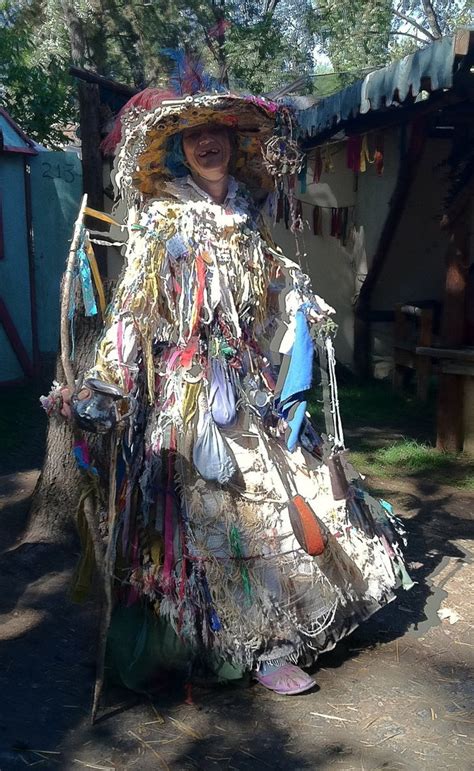Digital Renaissance: The Role of Artificial Intelligence in NFT Art
The rise of non-fungible tokens (NFTs) has ushered in a new era of digital art, where unique and rare digital assets are created, collected, and traded. As the market continues to grow and evolve, one innovative technology is playing a key role in shaping the future of NFT art: artificial intelligence (AI).
In this article, we’ll dive into the world of AI-powered NFTs, exploring how it’s changing the way artists create, edit, and interact with digital artwork.
The Rise of AI in Art
Artificial intelligence is increasingly being used in a variety of creative fields, from music production to fashion design. However, the application of AI to art is a relatively new phenomenon, especially in the context of NFTs.
In 2021, the first AI-generated digital artwork, “Edmond de Belamy,” sold for $432,500 at Christie’s. This groundbreaking work was created by an AI algorithm that generated a unique digital image using complex mathematical formulas and machine learning techniques.
The Role of AI in NFT Art
AI is revolutionizing the way artists create, curate, and sell NFTs. Here are some key ways AI is shaping the NFT art landscape:
- Automated Generation
: AI algorithms can easily generate unique digital artworks, reducing the time and effort it takes for artists to create new works. This has led to a proliferation of AI-generated artworks that can be sold as NFTs.
- Determination and Classification: AI-powered tools can analyze and categorize existing artworks, making it easier for buyers to discover new and unique NFTs. This also helps identify patterns and trends in the market.
- Collaboration and co-creation: AI can assist human artists by suggesting ideas, experimenting with different styles and techniques, or even co-creating new concepts.
Benefits of AI-powered NFT art
Integrating AI into NFT art has several benefits:
- Increased efficiency

: AI-powered tools automate the creative process, allowing artists to focus on other aspects of their work.
- Improved consistency: AI ensures that artwork is consistent in style and quality, reducing errors and increasing customer satisfaction.
- Improved market insight: AI can analyze market trends, identify patterns, and predict demand for specific NFTs.
Examples of AI-Powered NFT Art
Several artists have leveraged AI to create unique and innovative NFT artwork:
- AI-Generated Portraits: Artists like Chris Stapleton and Jeremy Jordan have created AI-generated portraits that are now being sold as NFTs.
- AI-Controlled Music Composition: Musicians like Aphex Twin and Oneohtrix Point have never used AI-powered tools to generate new music tracks.
- AI-Powered Digital Painting: Artists like Joshua Davis and Jamie Bennett are using AI algorithms to create intricate and detailed digital paintings.
Challenges and Future Directions
While the integration of AI into NFT art is exciting, it also raises important questions:
- Authenticity and Ownership: As AI-generated artwork becomes more prevalent, concerns about authenticity and ownership arise.
- Intellectual Property Rights: The use of AI to create unique digital assets raises questions about intellectual property rights and the protection of creative works.
- Education and Training: Educating artists about AI-powered NFT art creation will be critical to the future of the field.
Conclusion
The digital renaissance is transforming the world of NFT art, and AI is playing a key role in shaping the future of this market. As the technology continues to evolve, we can expect to see even more innovative and exciting applications of AI in digital art.
